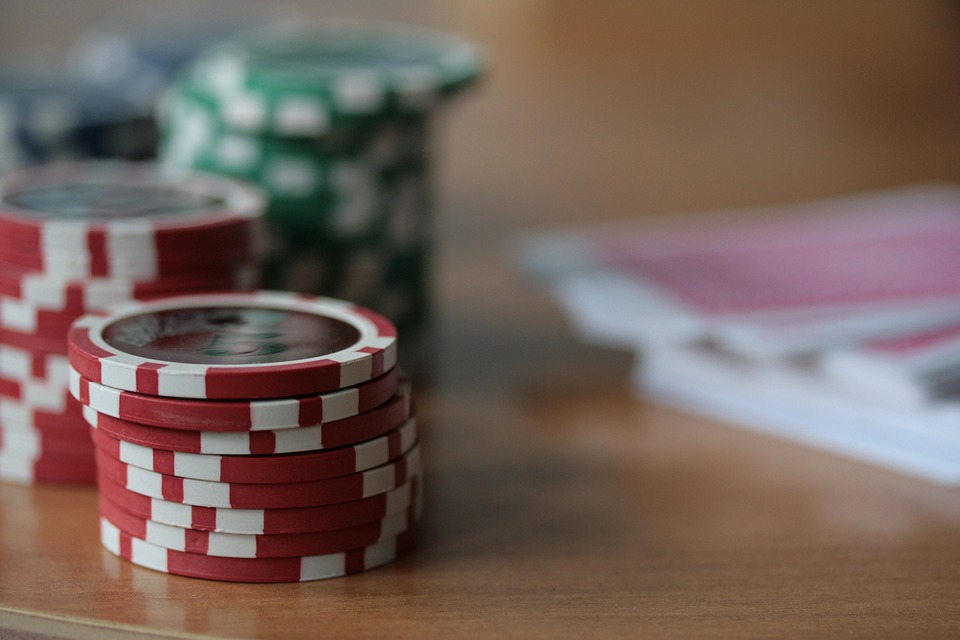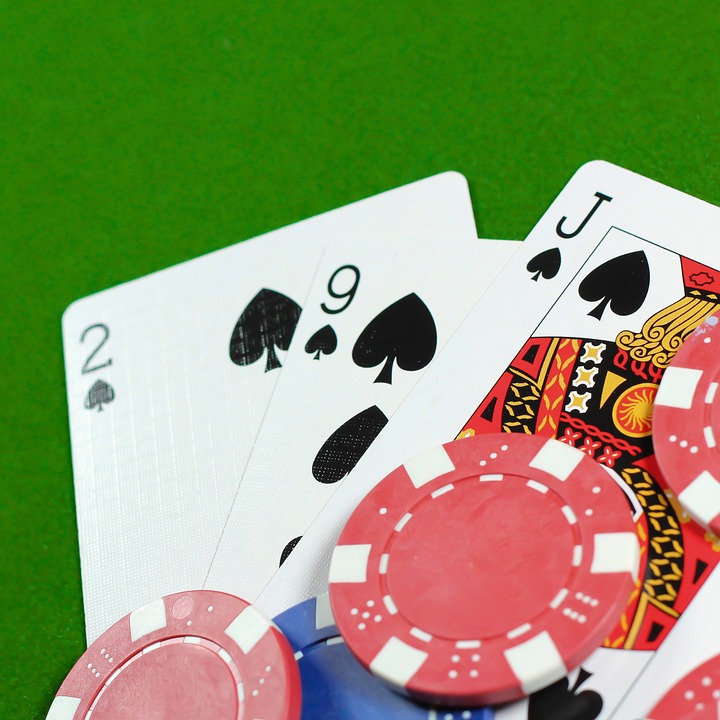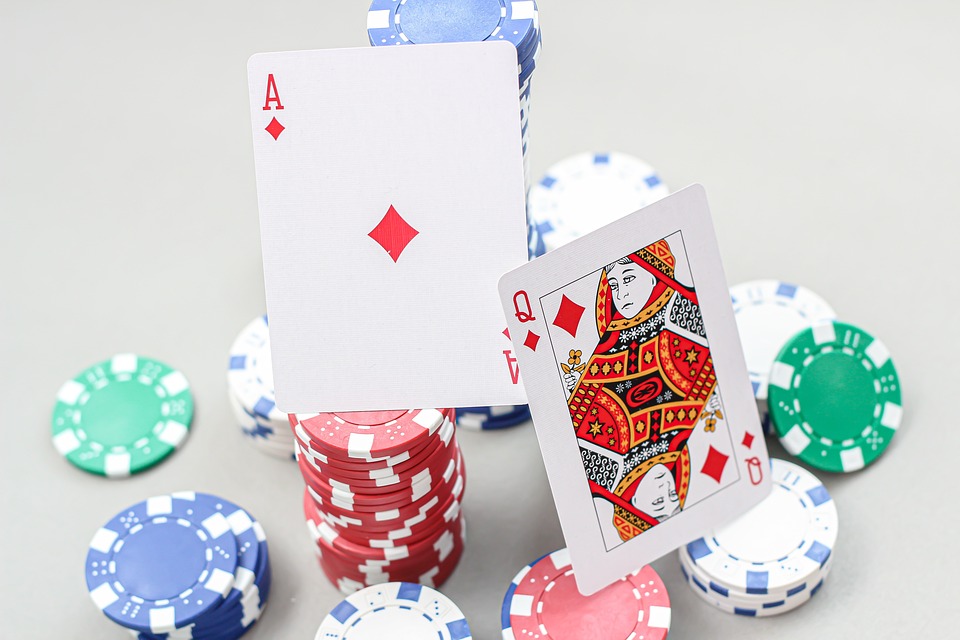A question often asked by poker players is, “What is the best way to play?” Truth be told, there is no objectively correct way to play poker. It depends on many things, and you often see poker pros playing differently depending on who they’re up against or their position.
Still, a good foundation for developing your strategy is understanding the four main playstyles in poker. Of those four, only two are considered adequate: TAGs and LAGs. In this poker guide, we’ll go in-depth about these two playstyles, why they’re so good, and which one you should choose.

What do TAG and LAG mean?
TAG and LAG stand for tight-aggressive and loose-aggressive. These are two of the four primary poker playstyles. Playstyles get described as either tight or loose and either passive or aggressive.
Tight and loose refer to the number of hands someone plays; tight means they stick to only the best, while loose players are willing to play mediocre or weak hands. Passive and aggressive describe how they play said hands. Passive players prefer to check and call, while aggressive players often bet or raise.
The TAG style breakdown
Tight-aggressive means a player sticks to premium hands but isn’t afraid to bet or raise with them. This playstyle is incredibly consistent, as playing only premium hands minimizes the chance of you suffering bad beats. Their aggression allows them to consistently dominate the pot and maximize the strength of their premium hands with good value bets.
TAG players make full use of position and initiative to play aggressively, taking control of the pot whenever they can. What counts as a premium hand for TAG players is highly position-dependent, with them tightening up considerably in early position while being more willing to play draws and weaker pocket pairs from a late position.
TAG style advantages
The TAG style is incredibly well-rounded, relying less on luck than other playstyles. When executed correctly, there are very few weaknesses for others to exploit. The TAG style remains consistently profitable through most levels of play and is a great way to stay out of risky scenarios.
A tight table image also allows you to get in well-timed bets to catch your opponents off guard. The biggest strength of being a TAG, however, is the ease of learning. It’s straightforward, and while there is a world of difference between good and bad TAGs, most players practice being a TAG first since it’s easier. This also makes the TAG style suitable for multi-tabling, as there are fewer complex decisions to be made.

The LAG style breakdown
Loose-aggressive means a player isn’t afraid to play weak hands, nor are they afraid to get aggressive with them. It’s characterized by frequent bluffs and a wide range of hands that make it difficult to tell what exactly they’re holding. Some LAGs can even look like “maniacs,” players who simply do not care about their decisions and play every hand aggressively.
In reality, however, the LAG style requires careful decision-making and isn’t blindly playing lots of hands. They apply careful pressure with their actions, forcing their opponents into unfavorable situations they can capitalize on.
LAG style advantages
The LAG style can potentially be the most lucrative playstyle in poker. The ability to win the game without having a solid hand through bluffing is fantastic and allows the LAG to turn a profit at nearly every opportunity. The wide range of hands LAGs makes it difficult for opponents to pin them down and guess what they hold. This, combined with their pressure-inducing aggression, makes LAGs supremely difficult to play against.
However, all these strengths come with a considerable cost. The LAG style is the hardest playstyle to execute successfully, requiring a great deal of experience and nerves of steel. Inexperienced players trying out the LAG style will often lose a ton of hands, and even the best LAG players are more affected by chance due to the risks they take with drawing hands and the like.
The TAG style is perfect for you if…
You’re a newer player or want a safe playstyle you can easily pick up. It’s well-rounded and easy to learn, so it’s often recommended to players looking to learn the game. Being a TAG can work well for most of your poker journey, depending on how much you practice it, so it’s almost never a bad choice. The only downsides to a TAG style are that it can become monotonous after a while, and skilled LAG players can give you a run for your money.
The LAG style is perfect for you if…
You enjoy thrills and want to test your poker skills. In terms of fun, the LAG style is often considered far more engaging than the TAG style. It can get incredibly dull when all you’re doing is folding, so the LAG style could be great if you feel tired of being a TAG. It’s also a great test of skill, as you have to constantly outwit your opponents to succeed with bad hands.
You must remember, however, the inherent risk associated with being a LAG. We highly recommend avoiding this style at first if you’re a beginner. Learning to be a TAG first is often easier, and you can branch out into being a LAG when you’re ready.

See which style fits!
In conclusion, poker’s TAG and LAG playstyles are both viable and enjoyable options to provide success. When considering a poker strategy, the most important thing is to consider how much you enjoy it. While we recommend TAG for beginners, remember that everyone is different — so consider giving both a shot before settling on one. So, head to your favorite online poker site, get into the game, and give these styles a shot!

